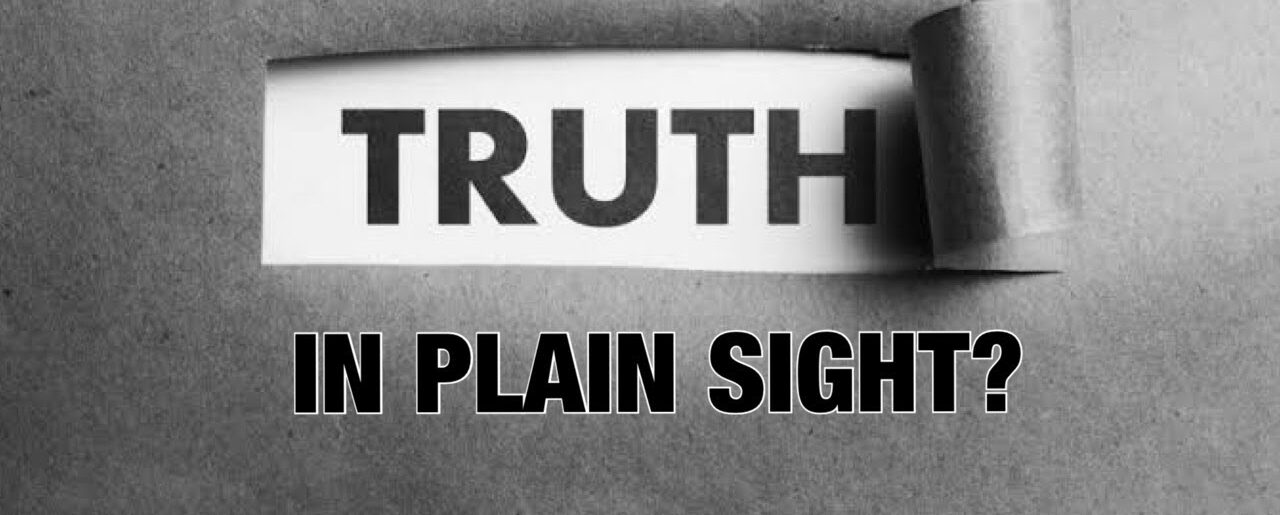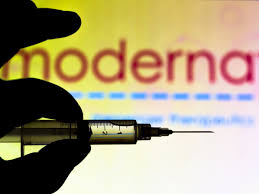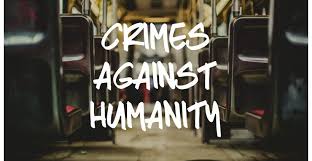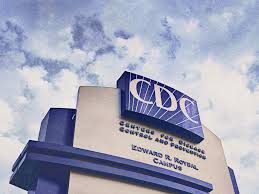When Will a Second Wave of Coronavirus Hit the U.S.?
Washington: The doctor who treated the first COVID-19 patient in the United States said Monday he fears a second wave outbreak of the disease when lockdown measures are lifted.
George Dmaz’s first patient, diagnosed in January in Washington state, has already recovered after receiving remdesivir, an experimental drug that the US approved on Friday for emergency use.
While he feels encouraged by this anti-viral, Diaz emphasised that isolation to avoid contagion remains the “most effective” treatment for COVID-19 right now.
Since that first case in January, the US has overtaken all other countries to have by far the highest caseload – about 1.2 million – as well as the most deaths, around 69,000.
Despite forecasts of a worsening death toll, some states are already reopening to try to ease the economic strain of shelter-in-place orders that have put more than 30 million Americans out of work in six weeks.
“What worries me is that when the economy starts to reopen, we are going to see a second outbreak that is perhaps as big as the first, and the first one was very difficult for us and for the whole world,” Dmaz told reporters during a video meeting organized by the State Department.
“And more than anything, I am concerned that I don’t know if we are going to have the resources to handle a second outbreak,” he added.
Remdesivir, made by Gilead Sciences, was shown in a major clinical trial to shorten the time to recovery in some coronavirus patients.
Diaz said that, pending development of a vaccine, remdesivir appears to act against the virus, but he cautioned that the drug must be used very wisely.
It should not be a crutch for people to say, “‘I can now do whatever I want because we have a treatment.’ No,” Diaz warned.
They must continue to follow guidance on social distancing, he said.
Source: Gulf News
First: What does a “second wave” mean, exactly?
“A second wave refers to the resurgence of COVID-19 cases in our population,” says Robert Amler, M.D., dean of the School of Health Sciences and Practice at New York Medical College and former chief medical officer for the CDC.
Currently, the first wave of novel coronavirus cases in the United States seems to be “breaking” after its “peak” around late March when upwards of 20,000 new cases of COVID-19 and approximately 2,000 deaths from the virus were announced every day, says Jay Varkey, M.D., an infectious disease specialist and director of the Antimicrobial Management Program at Emory University Hospital. While these numbers are staggering, they have begun to stabilize or go down in some states. However, a second wave—and perhaps multiple waves—may strike for many months to come, he says.
Why? While social distancing measures have helped slow the spread of the virus, to stop additional waves, we still need to develop a broad immunity to the novel coronavirus or produce an effective vaccine, which might not be available for another year or so, says Dr. Varkey. Since both are a long way off, that leaves many of us at risk of catching the virus, especially since you can spread it without any symptoms.
An uptick in novel coronavirus cases could come about if we relax social distancing measures too quickly and too much (allowing the virus to spread more rapidly again) or if the virus ends up following a seasonal up-and-down pattern like other types of coronaviruses and the influenza virus, which tend to arrive in fall and peak in winter months, says Nasia Safdar, M.D., Ph.D., an infectious disease specialist and medical director of infection control at UW Hospital and Clinics.
“That’s been the predictable behavior for so many of these viruses over the years, so we think this virus will behave similarly,” Dr. Safdar says. Past pandemics can give us an idea of what we might expect from COVID-19, too: The H1N1 influenza pandemic, for example, hit the U.S. in the spring of 2009 and returned for a second wave in the fall and winter.
So, when is a second wave of COVID-19 expected to hit?
“It’s highly likely we will experience a second wave and possibly more waves starting this fall and winter, with a potential peak around October or November,” says Dr. Varkey. But remember: We’re dealing with an entirely new (and therefore unpredictable) virus, so it’s probably too early to say whether the novel coronavirus will follow a seasonal pattern for sure, he says. Again, if we relax social distancing measures prematurely, a second wave could possibly come even sooner—like sometime this summer, adds Dr. Safdar.
You’ll likely experience waves of the novel coronavirus at different times depending on how the virus responds to seasonal changes in your state and how your local government deals with it. Waves are expected to strike at different times around the world, too. For example, models of the novel coronavirus pandemic predict that the southern hemisphere will be disproportionately affected by COVID-19 in the upcoming months as the first wave recedes in the northern hemisphere.
Will a second wave be just as bad as the initial coronavirus outbreak?
How bad the second wave could be remains unknown. “We couldn’t really predict the current behavior of the pandemic until it was actually among us, so it’s hard to make sweeping statements about what a second wave might look like,” says Dr. Safdar.
A few possibilities: We might experience a series of waves similar in intensity to the first, a second wave that’s far more severe than the first (which is what happened during the 1918 influenza pandemic), or a “slow burn” of ups and downs in various “hot spots” depending on differing responses to the virus around the world, per a report released by the Center for Infectious Disease Research and Policy (CIDRAP) in late April 2020.
Source: Prevention.com



